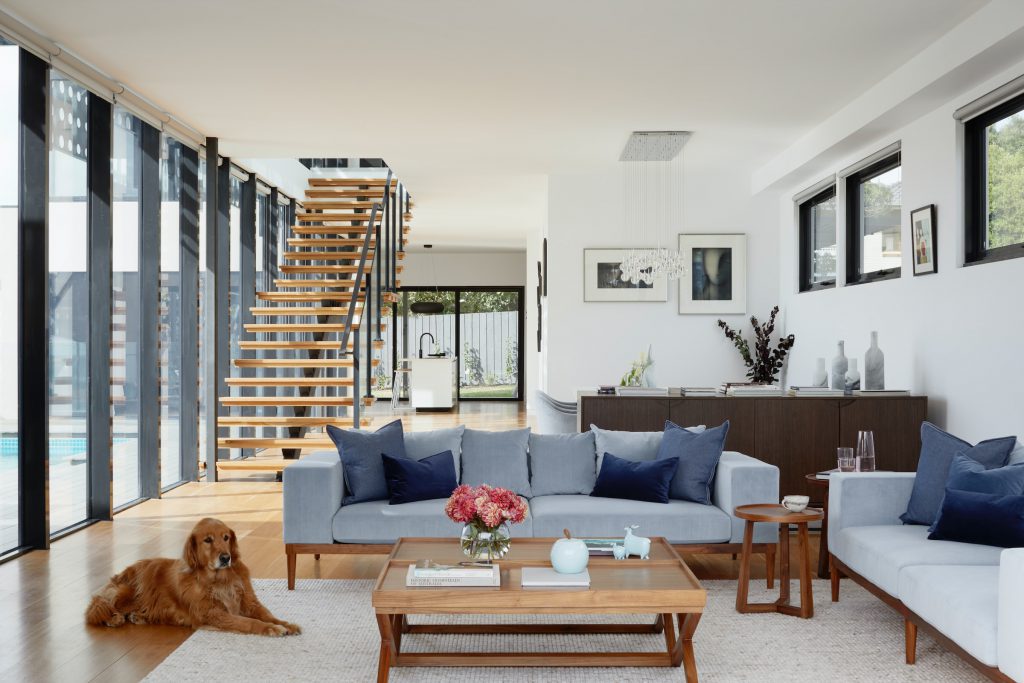We’ve all been there – entering a room or a house that just doesn’t feel right. Maybe it’s the low ceiling, the narrow hallway, or the lack of natural light. These elements, among others, can contribute to a sense of unease. Enter neuro-architecture, a discipline that aims to address and rectify these discomforts.

Blending Neuroscience with Architecture
Neuro-architecture stands at the intersection of two distinct fields: neuroscience and architecture. By leveraging the growing understanding of how our brains work, neuro-architecture seeks to explain our reactions to various architectural and interior design elements. Today, thanks to this emerging discipline, we can comprehend not only how but also why we respond in specific ways to certain environments.
How Our Surroundings Impact Our Brain and Behavior
At its core, neuro-architecture delves into how our surroundings alter our brain and, consequently, our behavior. The primary goal is to design spaces that exude a positive and pleasant atmosphere. By doing so, it aims to evoke feelings of well-being, enhance the quality of life, and in professional settings, boost productivity.
It’s All in the Details
Neuro-architecture leaves no stone unturned. It contributes to the design of spaces and buildings, keeping in mind the brain’s functioning of its inhabitants. This can manifest in a myriad of choices, from the placement of windows and furniture arrangement to the selection of colors, textures, and even the acoustics of a room.
Research has consistently shown that the aesthetic qualities of architecture significantly impact occupants’ behavior, mood, cognitive processing, and mental health. Considering that most adults in the Western world spend nearly 90% of their time indoors, it’s no surprise that architects and interior designers are increasingly exploring the practical applications of neuro-architectural principles in their designs. This focus serves as a reminder that professionals should prioritize creating healthy, human-centric living spaces where individuals feel genuinely at ease.
Neuro-architecture: The Future of Design
As we advance in our understanding of the human brain, the principles of neuro-architecture are becoming more integral to the design process. By recognizing the profound impact our surroundings have on our mental and emotional well-being, architects and designers can create spaces that not only look good but also feel good.
Imagine a world where every room you enter is tailored to promote feelings of relaxation, focus, or creativity, depending on its purpose. A bedroom that ensures a restful night’s sleep, an office that maximizes productivity, or a living room that encourages family bonding. This is the potential of neuro-architecture.
Moreover, as urbanization continues and cities become denser, the importance of interior spaces that cater to our psychological needs will only grow. In the future, we might see more homes and offices designed with neuro-architectural principles in mind, ensuring that as we evolve, so do our living spaces.
Conclusion
Neuro-architecture is more than just a buzzword; it’s a transformative approach to design that prioritizes human well-being. By blending the intricate knowledge of neuroscience with the art of architecture, we can create spaces that resonate with our innate needs and desires. In essence, neuro-architecture reminds us that the best designs are those that make us feel, quite simply, at home.

 Open Immovlan
Open Immovlan